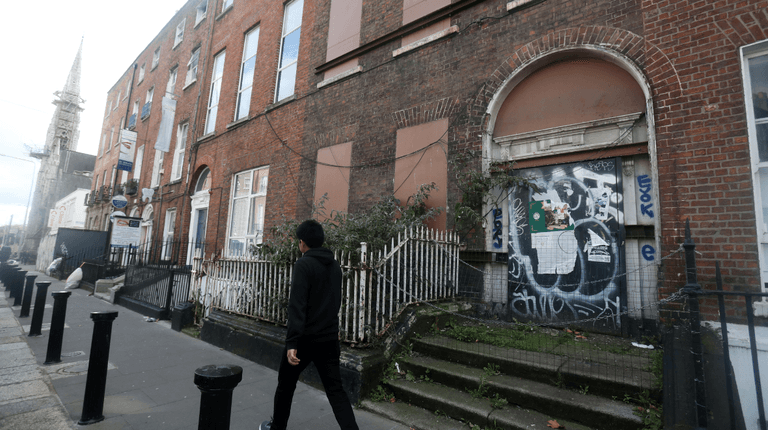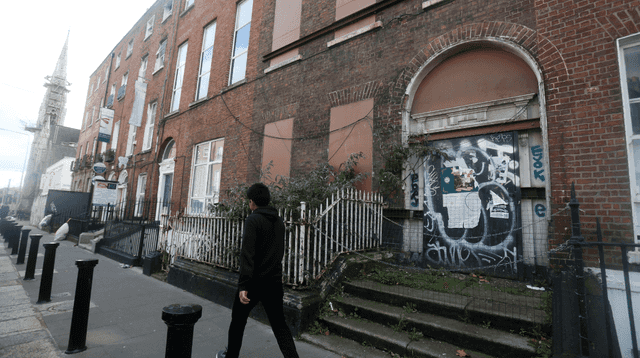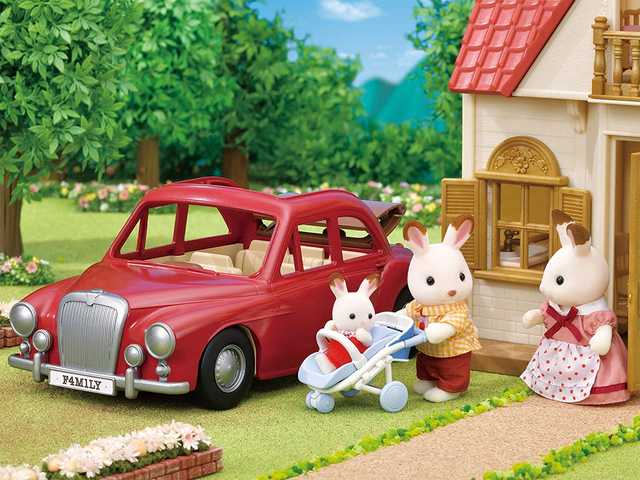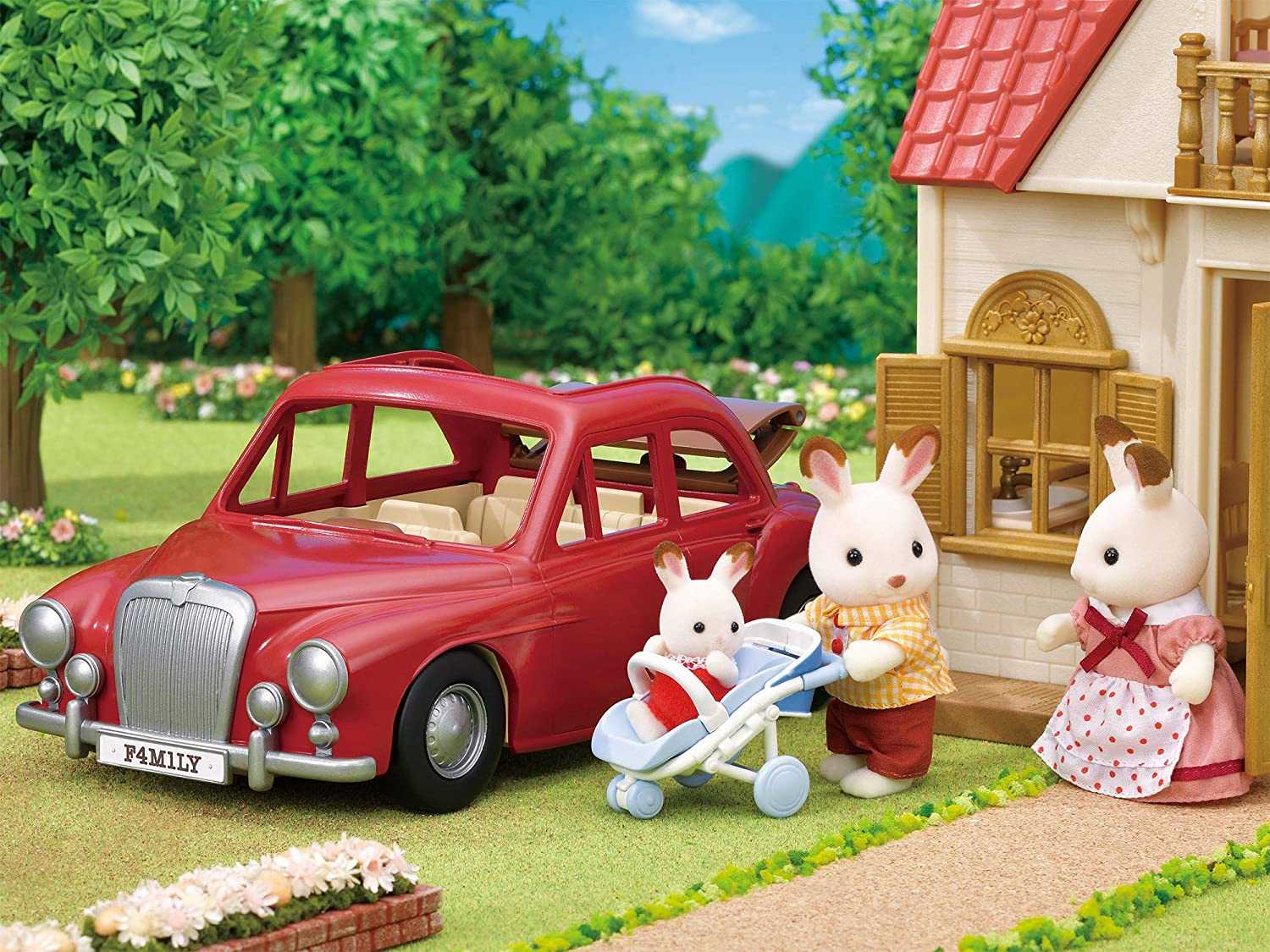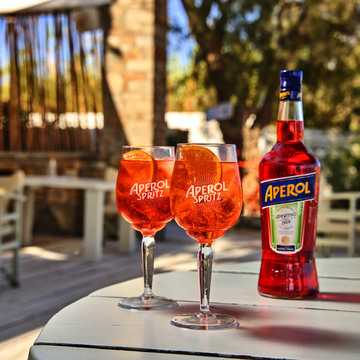
There’s a strange new building in Glasnevin. You can’t sit down in it. You can’t order a pint. There are no candles, menus, or waiting staff. But from inside, thousands of food orders are being made every day.
It’s called Hosted Kitchens. A purpose-built facility filled with delivery-only restaurants like Sprezzatura, Griolladh, Shake Dog, and Yeeros. It’s a “kitchen centre.” And it’s designed for one thing: food delivery at scale.
Hosted Kitchens describes itself as “a restaurant’s ultimate growth team.” The company builds slick, state-of-the-art kitchen facilities where food brands can launch or expand without the overheads of a traditional restaurant. No rent for a dining room. No front-of-house team. No decor budget. Just a ready-made kitchen, and orders piped in from Deliveroo, Just Eat, Uber Eats, and Flipdish.
The Glasnevin site cost €1.75 million and spans 8,000 square feet. Over 250,000 people live within its delivery radius. Hosted Kitchens says it’s on track to handle half a million orders a year by 2026. And that’s just one location.
They’re already scouting sites on Dublin’s southside. Galway, Limerick and Cork are next. Growth is being driven by under-30s, according to founder Sean Murray. They're people who want fast, decent food but don’t want to leave the house. He’s not wrong. Just Eat, Deliveroo and co are all seeing record highs in order volumes.
Murray came up with the idea while working in the US during the 2010s. He saw the pressure food businesses were under, and the gaps in the market. Hosted Kitchens launched in Ireland in 2021, and now has multiple units across the country. The company is built by people who’ve worked in food service. They know the industry. They know the pitfalls. And they’re betting big on what’s coming next.
Unlike some dark kitchens, the Glasnevin site isn’t totally off-limits to customers. You can collect your food in person. There’s even a kiosk-style setup. And yes, drone deliveries are on the roadmap.
It’s a delivery-first model built for what the food industry might look like five years from now. More flexible. More scalable. Less visible.
It’s a shift. A delivery-first, data-led, landlord-lite way of doing food. And if you haven’t heard about it yet, you probably will. When your next “local” burger joint turns out to be based in a warehouse on Ballyboggan Road.



